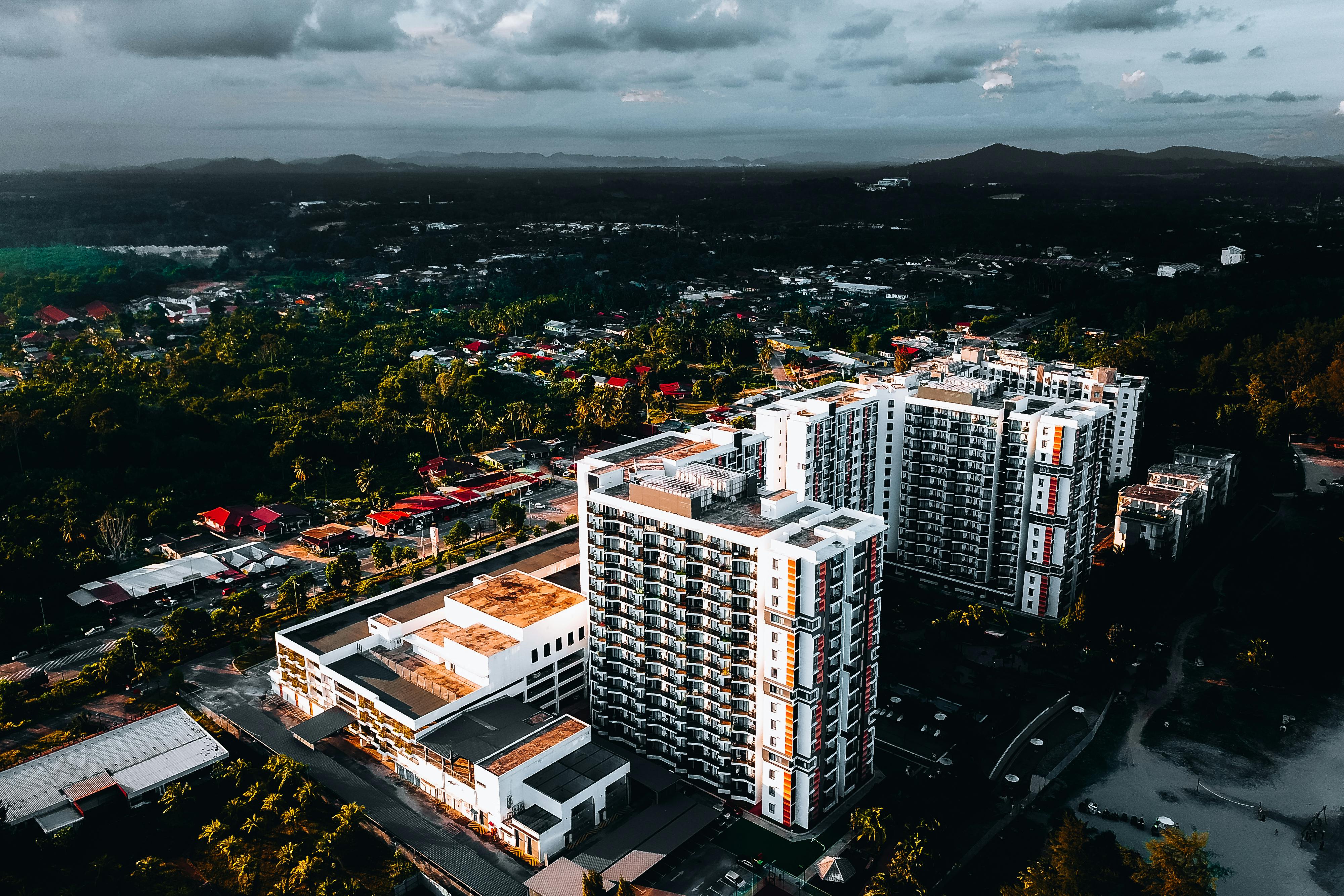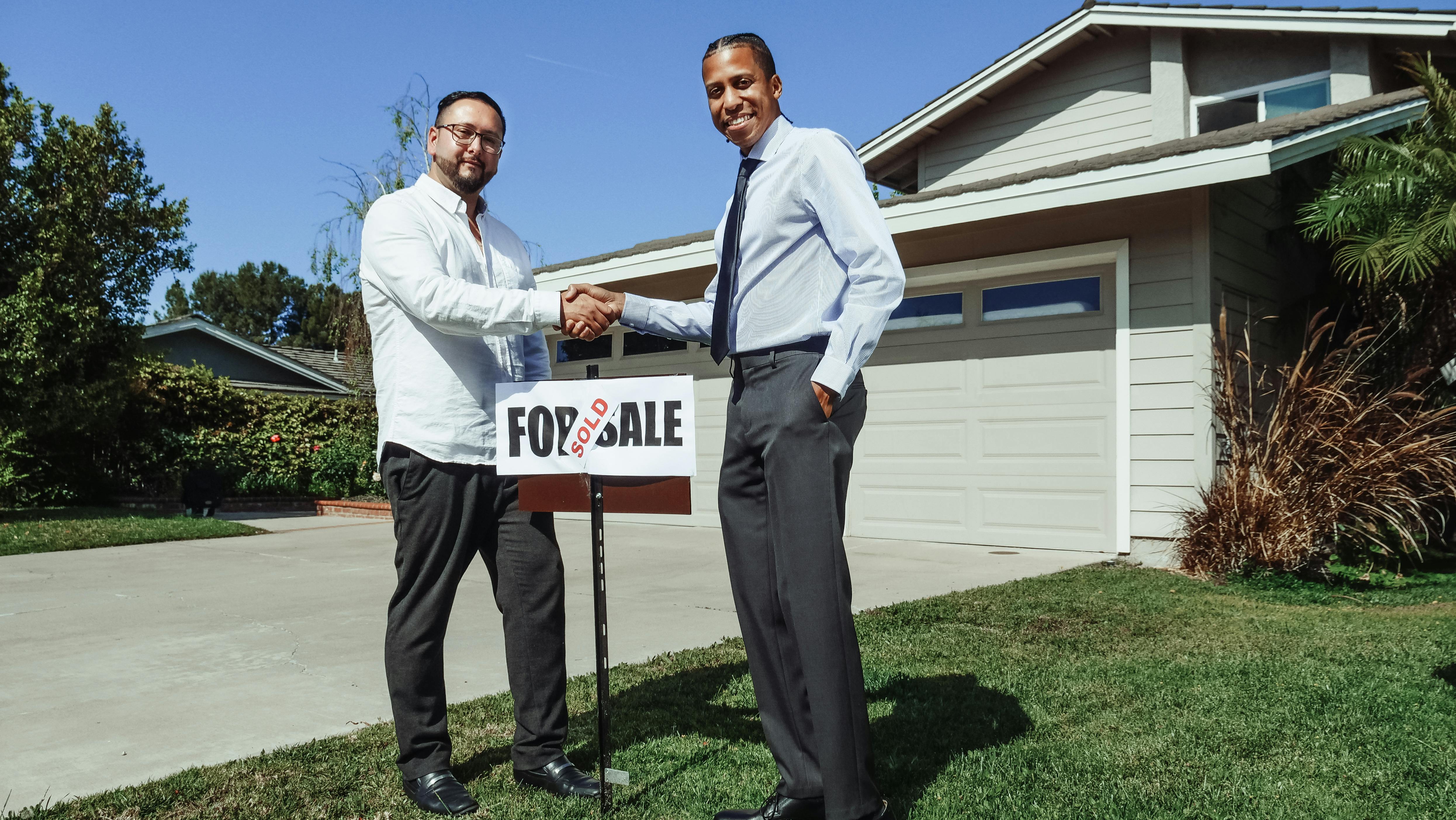Malaysia Real Estate Investment: Premium Strategies Revealed
Let’s get straight to it. When people think about high-growth real estate markets in Asia, Singapore, Hong Kong, maybe even Bangkok spring to mind. Yet, what really strikes me is how Malaysia quietly powers ahead—especially in premium property development. Coming from years of consulting with Southeast Asian investors, I’ve watched Malaysia’s property scene transform from modest expansion to full-blown innovation, setting benchmarks for regional stability, resilience, and return on investment. There’s more beneath the surface than glossy brochures and KL city lights.
Here’s the reality: Malaysia’s expert approach fuses heritage, governance, a genuine understanding of current market cycles, and cutting-edge strategies you rarely see outside top-tier investment circles1. What’s driven this? Years of government incentivization, world-class infrastructure, and a talent pool of property visionaries. Let that sink in for a moment. If you’re seeking more than “buy-low, sell-high,” and want actionable tactics tailored to Malaysia’s premium sector, you’re in the right place.
Why Malaysia’s Real Estate Market Stands Out
So, why Malaysia? Let me step back. Just last year, I was at a property roundtable in Kuala Lumpur. Most international guests were skeptical—“Isn’t Malaysia a lower-tier emerging market?” they asked. Actually, the numbers paint a dramatically different picture. Malaysia ranked consistently among the top five Asia-Pacific destinations for premium residential and commercial property investment between 2021 and 20232. A massive 18% year-on-year increase in prime property transactions in downtown KL surprised even veteran analysts.
Malaysia has one of Southeast Asia’s highest urban homeownership rates, especially within major cities like Kuala Lumpur, Penang, and Johor Bahru—a key indicator of mature investment demand.3
But I go back and forth: is it just numbers, or does a culture of premium development set Malaysia apart? Here’s what I’ve learned: the biggest drivers are
- A strong regulatory backbone (Bank Negara Malaysia’s oversight is robust and adaptive).4
- Progressive incentives for green, smart, and luxury development—a major competitive edge.5
- Multicultural urban planning meeting international standards, yet remaining distinctly Malaysian.
- A focus on sustainable infrastructure, healthy living, and transit-oriented projects (think Areca City, Medini, or Bukit Bintang).
Not to overstate it, but when asked why Malaysia, my answer is more or less consistent: resilience, depth, and sophistication you won’t get—at least, not easily—in many neighboring markets.
Premium Development Strategies Deconstructed
Here’s where things get exciting. Malaysia’s premium property strategies don’t just follow global trends—they often reimagine them for local relevance. Some years ago, the “Bandar Malaysia” mega project looked ambitious—now it’s an emblem of what focused planning, public-private partnership, and bold vision can achieve6. But how do actual expert strategies translate into investment returns?
The most successful Malaysian developers invest heavily in integrated mixed-use communities, luxury repositioning, and transit-oriented design, while international investors focus on market entry via joint ventures, structured project financing, and adaptive planning.
From my perspective, premium real estate here means combining world-class amenities (wellness, entertainment, retail) with unique local flavor. Funny thing is, Malaysians are picky about property—everyone’s got a cousin with three apartments in Mont Kiara, but only regional experts know the difference between “just high-end” and “future-proof premium.”
“Malaysia’s top-tier property developers master longevity through thoughtful integration and differentiated community living, rather than chasing fleeting luxury trends.” Dr. Noor Azlan Ghazali, Real Estate Economist7
Moving on, for investors, this means a matrix of opportunity—more than just location, but how premium builds anticipate future demographic shifts and lifestyle upgrades. I’ll go deeper in the next section.
Government, Policy & Regulatory Landscape
I’ll be completely honest: policy is usually the dry bit of property investment, but in Malaysia it’s absolutely crucial. The government doesn’t just “support” development—they aggressively steer premium strategies via powerful regulatory, banking, and incentive frameworks. My early industry days, I underestimated the role of schemes like Malaysia My Second Home (MM2H), PR1MA, and the Green Building Index (GBI)—now I realise how decisive these are for investors and developers alike8.
- MM2H has attracted thousands of affluent foreign buyers since 2002, spurring luxury condominium growth.9
- PR1MA and related affordable housing projects stabilize lower segments, freeing developers to focus on premium markets.10
- GBI certification now required for most new high-value developments—premium means “green” in Malaysia.
Having worked directly with property funds in Kuala Lumpur in 2022, I saw foreign investment surge after MM2H threshold relaxations—a real-life example of policy creating immediate market impact.
On second thought, the role of Bank Negara Malaysia deserves more attention—they regulate developer lending, enforce risk controls, and set LTV ratios that affect both domestic and international buyers.4 Their stability-minded approach, especially post-pandemic, saved countless premium projects from financial ruin.
“Policy reliability is Malaysia’s biggest advantage—consistency allows smart property players to take calculated risks.” Lim Hong Teck, Legal Director, Harta Bersepadu11
Key Market Trends & Case Studies
People often ask: “What actually works right now?” Well, let’s look at three core trends driving premium property returns in Malaysia today (2023-2024):
- Integrated Urban Communities (e.g., KL Eco City) 12
- Transit-Oriented Developments (e.g., Bandar Utama, Iskandar Puteri)13
- Luxury-Lifestyle Repositioning (e.g., Sunway Velocity, Penang’s Gurney Wharf)14
I remember when Sunway Velocity Mall opened its premium towers—occupancy rates hit 90% within a year, attracting dozens of international retailers. It’s not just about amenities, but about how quality developments create their own gravitational pull—pulling businesses, residents, and even government support.
| Project Name | Development Type | Key Investment Metric | ROI (Annualized, 2023) |
|---|---|---|---|
| KL Eco City | Mixed-Use/Integrated | High-Value Tenancy | 7.5% |
| Sunway Velocity | Retail/Luxury Residential | Rental Yield | 6.2% |
| Iskandar Puteri | Transit-Oriented | Capital Appreciation | 9.1% |
What puzzles me sometimes is how investors overlook regional growth centers. Johor Bahru, Penang, and Melaka routinely outpace Kuala Lumpur in appreciation—but require more nuanced, localized strategies15.
The Penang property market’s luxury segment saw a 12% growth spurt in 2023, driven by heritage preservation and new integrated lifestyle projects. That’s rare in Asia.
What gets me is—this blend of heritage architecture and modern luxury works. It’s not about glossy finish—it’s about real, lived-in quality that endures past market cycles.
Risk Factors, Opportunities & Inside Insights
Let me think about this. Malaysia’s premium property market isn’t risk-free—currency fluctuation, oversupply risk, and shifting political winds play a role. Yet, having managed real estate portfolios during Malaysia’s 2018 election turmoil, I found government stability and central bank oversight limited downside, especially in premium segments16.
- Currency volatility: Ringgit depreciation can erode returns for foreign investors.
- Oversupply risk in certain urban districts—requires hyperlocal market research.
- Regulatory changes—always monitor central bank announcements.
- Global shocks (COVID-19, inflation, rate hikes)—premium property is surprisingly resilient.
I need to revise my earlier point: mitigating risk is less about “hedge and hope,” more about active portfolio management, local alliances, and continuous learning. Comparatively, Malaysia remains one of the best risk-managed premium investment destinations in the region—if you know how to play the game.

Investor Best Practices & Actionable Tips
Where do I even start with best practices for Malaysia’s premium property? Honestly, I’ve made my share of mistakes—back in 2017, I underestimated the value of local partnerships and over-relied on overseas research. Here are the lessons that, in my experience, make all the difference:
- Do exhaustive due diligence—Malaysian property transparency is excellent, but don’t skip legal and environmental checks11.
- Prioritize prime locations near major transit hubs—urban connectivity equals liquidity and rental stability.
- Partner locally—project success hinges on understanding local demand, regulatory nuance, and community culture.12
- Leverage government incentives—learn eligibility for MM2H, PR1MA, and GBI-backed schemes.10
- Invest in both completed and pre-launch projects to balance cash flow and capital appreciation.
“Real expertise in Malaysian real estate is marrying global best practices with robust local insight—always adapt your strategies.” Tan Hui Min, Managing Director, PropNex Malaysia17
Ever notice how investors get stuck on branding rather than substance? Malaysia’s top premium developments succeed because they build communities—not just luxury towers. Where developers truly shine is in their ability to anchor new developments to local culture, green spaces, and historical context. This isn’t marketing hype—it’s tested, repeatable success.
Mimicking Western luxury standards without accounting for Malaysian cultural nuance is a common novice mistake—local consumer psychology and value perception shape premium project outcomes every time.18
Back when I first started, I always asked: “What makes a property ‘premium’ for Malaysians?” The answer shifts: accessibility, green spaces, safety, and a sense of community far outrank pure luxury amenities.
Key Actionable Tips for Premium Investment
- Monitor upcoming infrastructure corridors (MRT, LRT, expressways).
- Engage local property consultants early—don’t just rely on online listings.
- Visit sites at different times of day—true premium properties offer consistency, safety, and connectivity.
- Track developer reputation—past project success is the best predictor of quality.14
Oh, and here’s another thing that gets overlooked: Malaysia’s premium market shifts rapidly. Projects that were “hot” last month might not hold the same cachet tomorrow. Staying agile and informed keeps you ahead—a lesson I learned the hard way multiple times.
Future-Proofing: Sustainability & Evolution
I’ll be frank: long-term value is the holy grail of premium real estate investment. But it’s about more than holding for a decade—it’s future-proofing against market, social, and environmental evolution.
“Premium property in Malaysia is sustainable or it’s obsolete—green buildings and community-centric design are now investment requirements, not options.” Dato’ Ariff Azhar, Director, Malaysian Green Building Confederation5
Malaysia’s Green Building Index (GBI) isn’t just regulatory fluff—it’s influencing how local and foreign investors evaluate everything from energy efficiency to walkability. Developers who adapt their projects for environmental resilience consistently outperform the market in long-term rental yield and capital appreciation19.
The number of GBI-certified premium residential and commercial projects doubled between 2020 and 2023—outpacing both Singapore and Thailand in relative growth rates.20
Frankly, the more I study premium Malaysian projects, the more I see sustainability, inclusivity, and smart city integration driving long-term growth.
Summary: What Malaysia Teaches About Premium Investment
Stepping back, what Malaysia’s elite property developers and expert investors have taught me boils down to this: success lies in anticipating cycles, building beyond luxury, and embracing local context. When I’ve worked with regional investment teams, the best results came not from following international playbooks, but from adapting them for Malaysia’s unique strengths and competitive landscape.
You see, the expert approach is strategic long-term thinking, layered with market responsiveness—a balance of big vision and granular attention to consumer needs. Now, as 2025 approaches, even global investors and institutional funds eye Malaysia for its blend of regulatory certainty, infrastructural ambition, and cultural richness. Are you ready to look beyond the glossy marketing and dig into the fundamentals?
My thinking has evolved over the years—from surface-level trend chasing to appreciating Malaysia’s nuanced property market. If there’s one thing I’ve learned, it’s this: real authority grows from continuous study, community building, and honest assessment of risk versus opportunity.
Action Steps & Next Moves
So—what should you do now? If you’re committed to making premium property investments in Malaysia, here’s my advice:
- Map out local and regional premium hotspots for direct site visits.
- Network—join property forums and development expos; the best deals come from conversations, not just websites.
- Invest in professional property consulting and legal review; Malaysia’s transparency is high, but expert oversight remains crucial.
- Prioritize long-term sustainability and community engagement—these are the foundations of enduring premium value.
- Keep evolving your strategy—market shifts will keep happening, so should you.
Ready to leverage Malaysia’s premium property strategies? Take the first step: research, engage, and adapt. The landscape is waiting.
References


